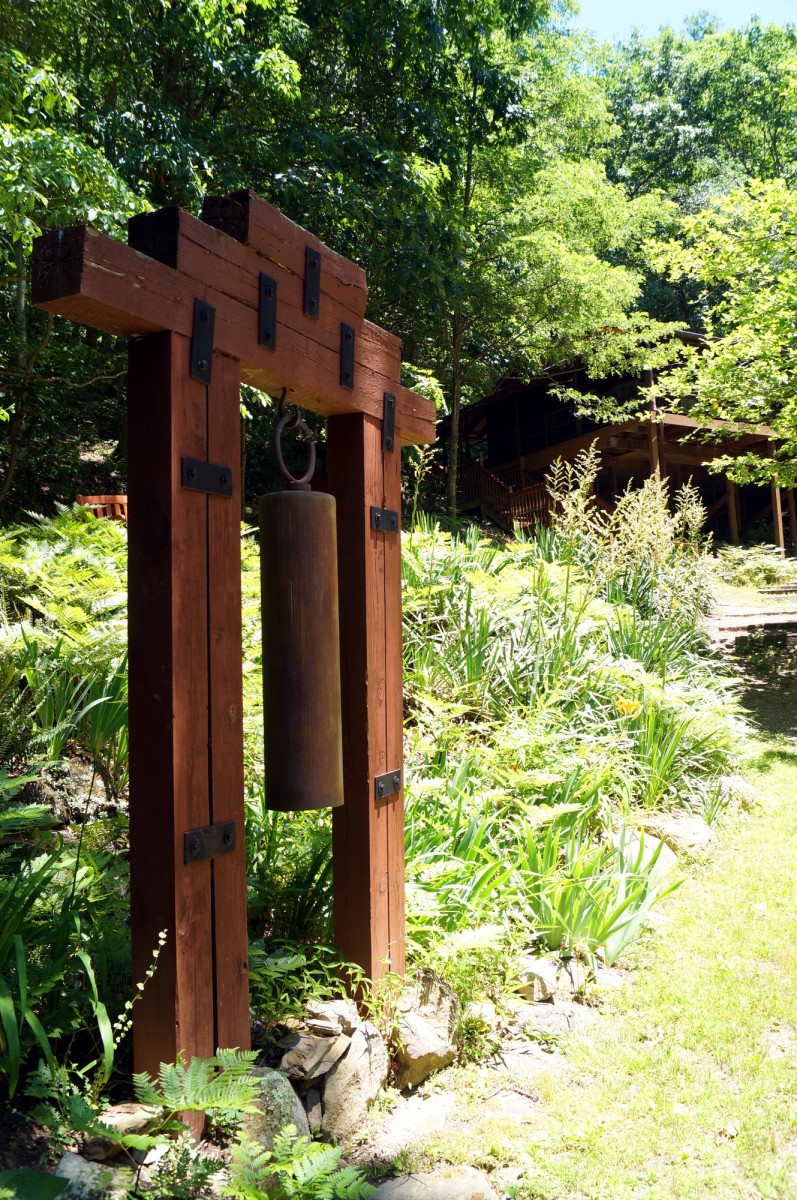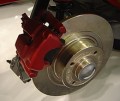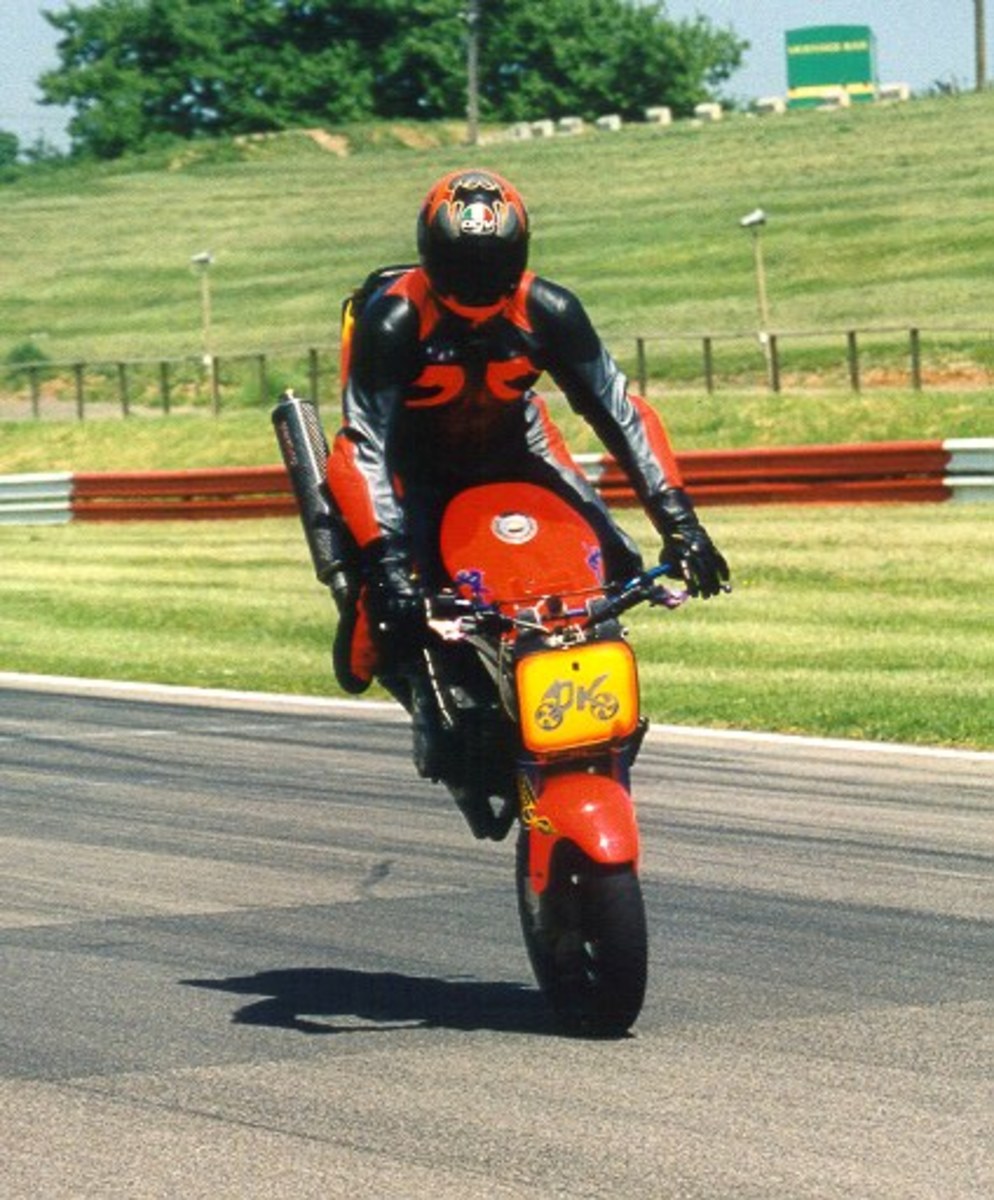Motorcycle Training Tips for Beginners
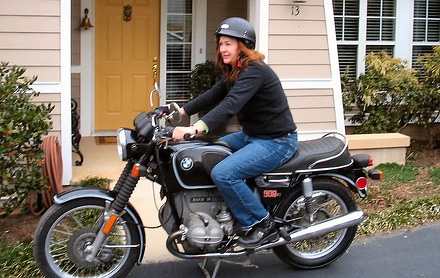
Practicing Riding a Bike
If you're new to riding a motorcycle, you want to make sure that you know all the basic skills that you will need regularly before you try to actually get on the bike and practice riding. You want to know how to use the clutch and throttle, shifting, and then riding in a straight line.
The best place to learn how to ride a motorcycle is by a qualified riding education program. Whether you want to admit you need help or whether you want to join the program or not, you will get the best tips, techniques, and tricks for safely riding a motorcycle by a professional instructor.
Otherwise, the following tips should get you started. Just remember tat you want to choose a practice are that is a well-marked parking lot, as this will be the best place to practice. You can opt for schoo, church, or community center parking lots during their off hours as best options.
Make sure that even though you're just practicing, you wear proper riding gear (helmet, gloves, boots, long pants, etc.). Also, make sure that you inspect the motorcycle before you start to make sure that everything is well. Then check your practice area for loose grave, glass, oil, or anything else that may cause problems. Lastly, bring a friend so that in case something happens while practicing, you have somewhere there who can help.
Learning How to Ride a Motorcycle
- Stop in a Straight Line
By practicing you to stop, you will be able tot stop smoothly at a stop light or stop sign. You want to accelerate straight ahead across the parking lot at about 15-20mph. Sift to secon gear, begin to slow down, downshift at your first marker, com eto a smooth stop.
It is best that you keep your head and eyes up and the motorcycle on course. You want to apply both brakes and squeeze the clutch, downshifting to first gear at the same time, keeping the clutch squeezed in. Don't release the front and back brakes until you're at a full stop, and when you're stopped, you left foot should come to the ground first.
If your rear tires skid, you'll want to apply less pressure on the rear brake. If you overshoot the marker, you'll want to start slowing the brake sooner or trying more pressure on the brakes.
- Quick Stop in a Straight Line
By practicing how to stop quickly, you'll be able to stop when something suddenly appears in your path. You want to approach your first marker and upshift to second gear. As your front tire passes the marker, downshift and start to brake. Try stopping before your second marker. You want to practice at 10mph, 15, and then 20mph.
Always keep your head and eyes up. When stopping, apply both brakes and squeeze the clutch when downshifting, keeping the clutch squeezed in. Keep your handlebars straight, while squeezing the front brake. Don't release the brakes until you've fully stopped, and when you've stopped, your left foot should touch the ground first.
If you're overshooting your last marker, apply more pressure to the brakes but don't lock the front brake, squeeze don't grab the lever to prevent locking the brake. If the motorcycle slides sideways, sit straight and do not turn the handlebars.
- Stop on a Curve
You want to ride to the outside of one line, upshift to second gear. As you reach the first marker, turn in the curved path that you've outlined with three other markers. Once you enter the curved path, gradually apply both brakes and downshft. Don't release the clutch, and try to come to a smooth stop with your front tire next to the last marker. Practice at 10mph and then 15 mph.
Focus where you want to go. Straighten the motorcycle square before ou stop completely. Use both brakes for a smooth stop. Keep your feet on the pegs until you've completely stop. Don't grab the front brake or skid either tire.
If you're overshooting your marker, you'll want to gradually apply more pressure to the brakes as the motorcycle straightens up. If the motorcycle nearly falls over, you'll want to make sure that the handlebars are square with the motorcycle. And, if the rear wheels skid, apply less pressure on the rear brake and make the bike straight when you stop.
- Quick Stop on a Curve
Ride to the outside of the line. Start by facing your first marker at a sufficient distance that will allow you to increase your speed to about 1-15mph in first gear. As you reach your marker, turn n the curved path that you've outlayed with the other three markers. When your front tire passes your second marker, straighten up the bike, and begin braking. You should stop before the third marker. Practice at 10 then 15 mph.
If you overshoot the last marker, apply the maximium pressure to the brakes once the motorcycle straightens up from the lean. If the motorcycle nearly falls over, straighten up first then apply brakes.

- Sharp Turns from a Stop
This will help you make sharp turns from a stop, such as exiting a parking lot or turning into a narrow street. You want to start at "begin turning" markers with the bike straight. You want to turn the handlebars, lean the bike slightly in the direction that you're turning, and turn your head to look through the intended path. Use controlled clutch release and throttle as you make the sharp turn. Finish your turn as close to your line as you can without touching it.
Turn the handlebars and lean the bike in the direction of the turn. Use smooth clutch release and throttle as your exit.
If you're turning too short or too long, you'll want to keep your eyes up and look through the turn not at it. If the motorcycle stalls or begins to fall into the turn, concentrate on maintaining steady speed or slight acceleration and smooth clutch release. It's important to look through the turn.
- Sharp Turns Without Stopping
This will help you make sharp turns when pulling out of parking spots or driveways. You'll want to being riding in a straight line across the parking lot, increasing your speed to about 10mph. Just before reaching your 'begin turning' marker, you'll want to slow down and use both brakes to adjust your speed. Release the brakes, turn the handlebars, lean the bike slightly into the turn, turn your head, look through the path, and use controlled clutch release and throttle as you make the turn. Practice finishing right outside the line without touching it.
If the bike stalls, use the clutch and throttle smoothly to maintain power to the rear wheel. If the motorcycle begins to fall into the turn, keep yours eyes up and look through the turn, keeping just enough momentum after braking to carry you through the turn. If you're traveling too fast before the turn, you'll want to slow adequately with both brakes before turning.
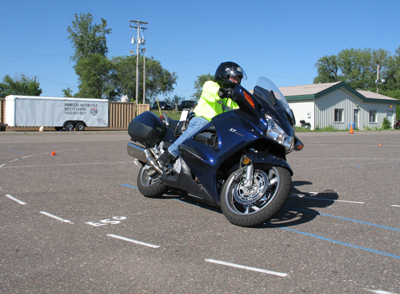
- Basic Turns
This one is pretty simple. You'll just ride around in an oval, adjusting your speed on the straightaways by braking as necessary before the turn. Hold a steady throttle around the markers at the end of the oval, and repeat the exercise in the other direction.
Begin at 10-15 mph. Slow down before taking the turn, brake if you have to. Hold a steady speed or roll on the throttle gently through the turn.
If you swing wide of the turn, apply more pressure on the inside of the handlebar to lean more. If you're cutting the corner too close or turning too sharply, do not look down and apply less pressure to the inside handlebar, keep a steady throttle. If you're exiting wide out of the turn, making the oval a circle, you'll want to slow more before the turn and apply more pressure on the inside handlebar to lean more.
- Normal Turns
These will help your refine your turning skills. Start facing the first marker at a distance that is sufficient for you to increase your speed to 10-15mph. At the first marker, reduce your speed , using both brakes. As you start to turn at the marker, look to the exit point and gently roll on the throttle throughout the turn. Roll past the third marker and stop just beyond the last marker. Practice in both directions.
Slow down before the turn using both brakes, before the first marker. Lean with the motorcycle. Gradually increase speed throughout the turn.
Motorcycle Riding Tips
- Gear to Wear Riding a Motorcycle - Motorcycle Gear
When riding a motorcycle, it is important that you wear the right clothing because it will not only make the ride more enjoyable, but it will make the ride more comfortable and more safe. - Tips for Riding a Motorycle in Bad Weather and Braking in an Emergency
Riding a motorcycle is so much different than driving a car, and when riding a motorcycle, you want to be extra careful when riding in the rain, over railroads, or in the wind in a motorcycle. - Motorcycle Safety for Beginners - Know Your Motorcycle
If you're going to be a safe rider, you want to know your motorcycle. Riding a motorcycle is much different than driving a car or riding on a bicycle. - How to Safely Correct Motorcycle Equipment Failure
If your motorcycle is properly maintained, you reduce the possibility of any equipment failure, but just in case you'll want to consider the following tips to correcting equipment failure. - Riding a Motorcycle with a Passenger or in a Group
Make sure that when riding your motorcycle in a group or with a passenger, you know the proper safety tips to make sure that your ride is as safe as possible. - Motorcycle Safety: Make Sure Motorists See You On The Road
When riding a motorcycle, it all boils down to you and the road. There are millions of miles of road, whether it be a 1-lane dirt road or a 12-lane highway, you want to be very alert and watchful.
- Indian Motorcycle Online Portal - GeorgiaBagger.com
Indian Motorcycle Portal for Product Reviews, Motorcycle Events, Indian Motorcycle Forum,Indian motorcycle classifieds, Indian Motorcycle Service Manuals, Indian motorcycle history, Indian Motorcycle Riders Group Registry,Indian Motorcycle News


